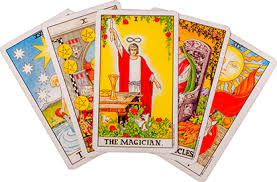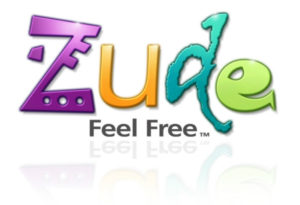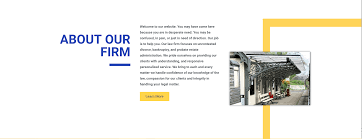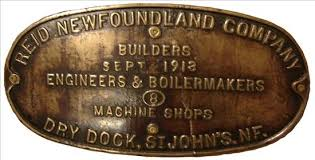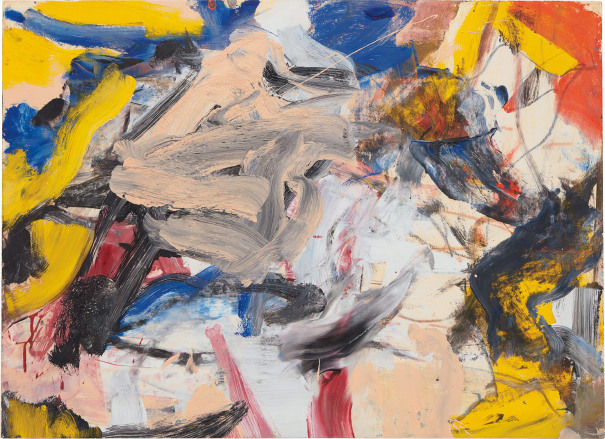Tarot Card Number 5, Boilerplate.
 Boilerplate is the paragraph in a press release sitting at the very bottom of the page offering a paragraph of information about the company issuing the news announcement. It contains some selling references but mostly recaps the primary business(es), along with key facts, figures, age, ownership, etc. Here is some boilerplate from The Kraft Heinz Company:
Boilerplate is the paragraph in a press release sitting at the very bottom of the page offering a paragraph of information about the company issuing the news announcement. It contains some selling references but mostly recaps the primary business(es), along with key facts, figures, age, ownership, etc. Here is some boilerplate from The Kraft Heinz Company:
About The Kraft Heinz Company
For 150 years, we have produced some of the world’s most beloved products at The Kraft Heinz Company(NASDAQ: KHC). Our Vision is To Be the Best Food Company, Growing a Better World. We are one of the largest global food and beverage companies, with 2018 net sales of approximately $26 billion. Our portfolio is a diverse mix of iconic and emerging brands. As the guardians of these brands and the creators of innovative new products, we are dedicated to the sustainable health of our people and our planet. To learn more, visit http://www.kraftheinzcompany.com/ or follow us on LinkedIn and Twitter.
Shelley Spector of Spector and Associates says boilerplate should always remain the same. And it requires a lawyer’s approval at public companies. Good press releases also use a digest of the boilerplate in the first sentence. For instance, Kraft Heinz might start off with “Kraft Heinz, the largest global food and beverage company announced today…”
(A sure sign of an immature company is one that keeps changing it’s boilerplate with every release. A no-no.)
Every brand needs to think about its boilerplate. It is an extended, inclusive statement of business purpose, scale and history. It’s a good place for strategists to begin when delving into brand claim and proof.
Peace.


